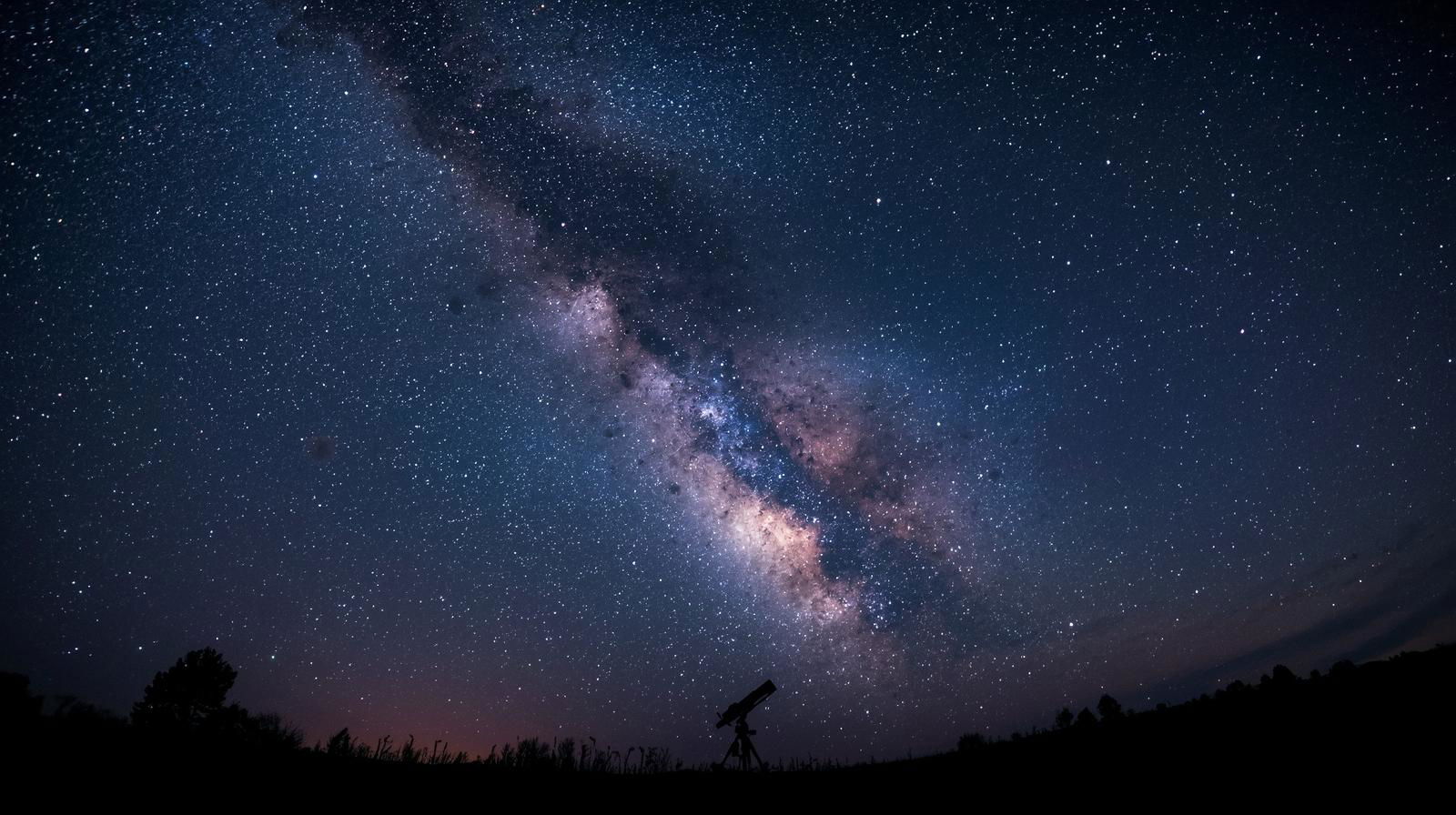Dark-sky tourism is persuading travelers to slow down, unplug, and reconnect with the magical grandeur of the night sky- its ocean of stars, galaxies, and Milky Way. It is an evolving form of experiential travel beyond stargazing. It is living nightscapes, where travelers discover not only nighttime beauty but the peaceful stillness of darkness, so often lost in over-lit contemporary metropolises.
Economic Advantages to Societies
As Professor Glen Hvenegaard defines, dark sky preserves from Canada to Namibia and New Zealand are demonstrating the compatibility of conservation and tourism. Festivals such as Alberta's Jasper Dark Sky Festival bring international tourists, but also illustrate the environmental and health costs of profligate use of artificial light. By encouraging nighttime-friendly habits, communities save energy and protect biodiversity and boost local economies.
Major Tourist Sites and Cultural Significance
The worth of dark-sky tourism lies in the feelings it inspires. Stargazing tours, cultural heritage, and educational astronomy enable travelers to re-engage with science and heritage. In nearly all Indigenous cultures, knowledge of the stars dominated the ability to navigate, calendars, and spiritual narrative components that dark-sky tourism responsibly reinstates. This immersive experience transforms a night beneath the stars into a learning and reflection exercise that helps people reconnect with their place in the cosmos.
Towards Sustainable Travel
Dark-sky tourism is emerging as the new standard for sustainable travel, balancing cultural sensitivity, environmental preservation, and local development. They are a reminder that nights are not void, but something worth conserving. In an era of screen saturation and light pollution in cities, dark-sky tourism is bringing human beings back to darkness to enable them to look up, in, and forward.





